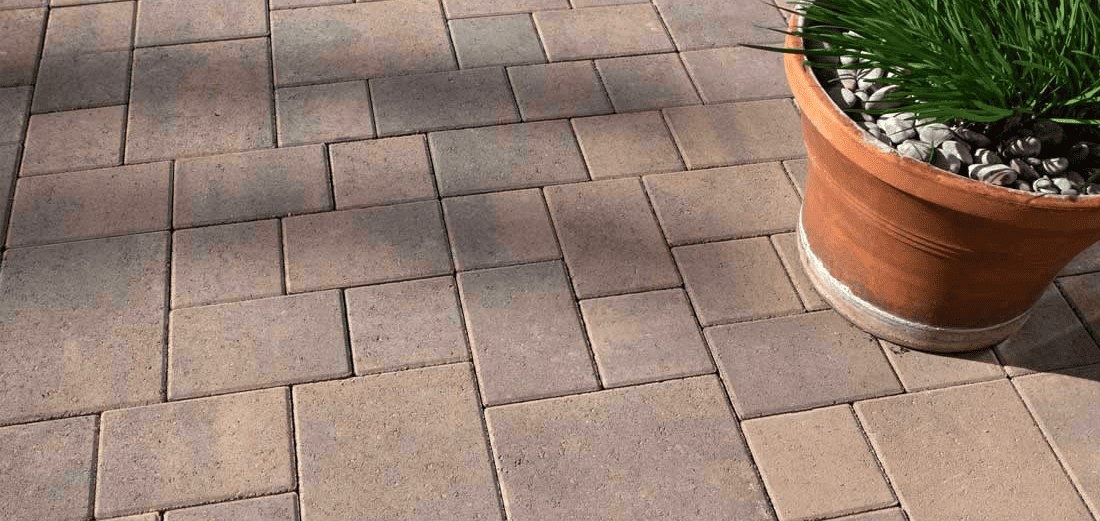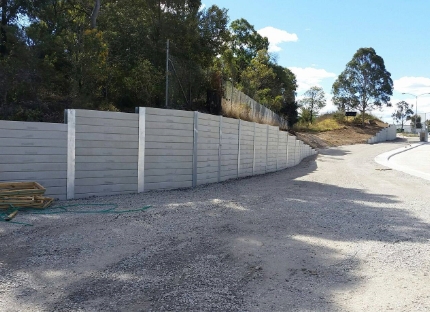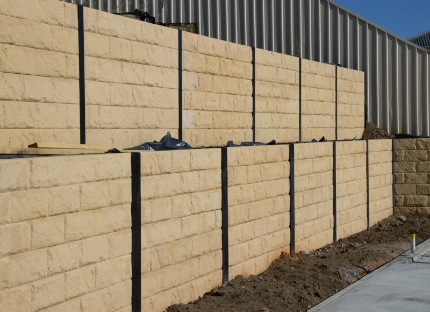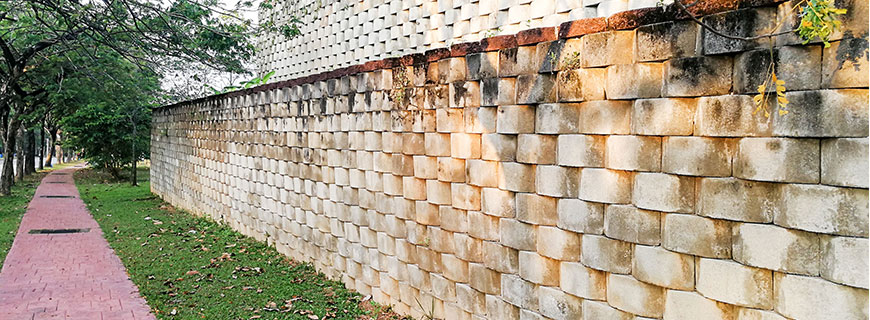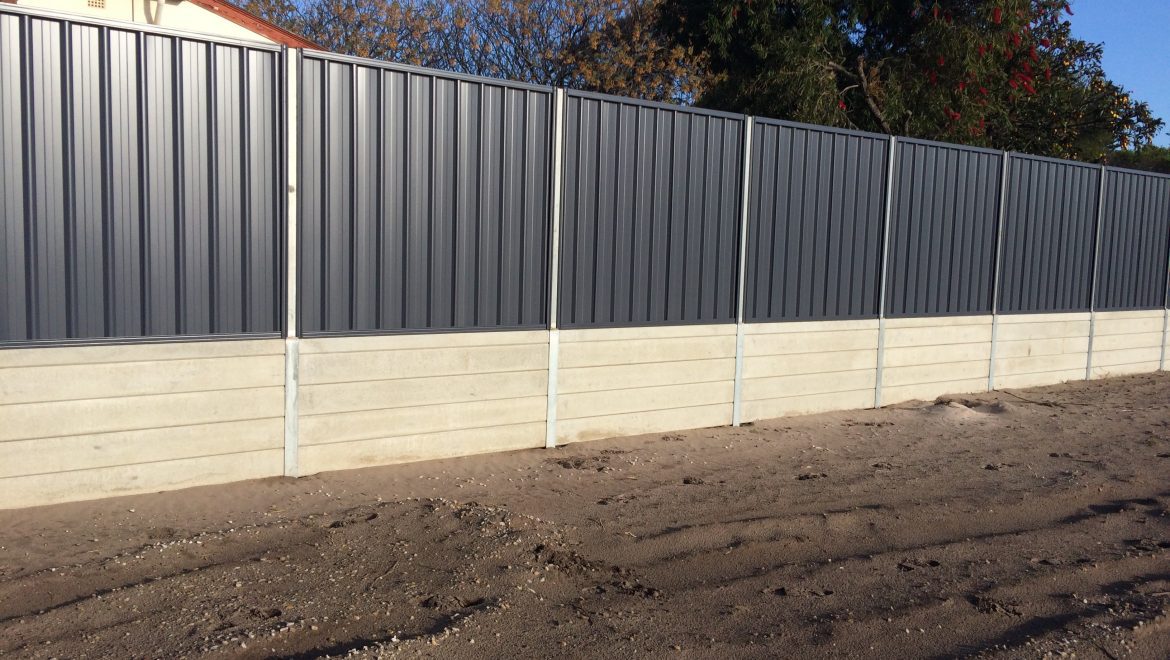Pavers: How To Maintain Them For A Long Time
Did you know that pavers have been used for thousands of years, dating back to the Roman Empire?
Pavers have come a long way since then, but the idea remains the same. Pavers are made of stones such as brick, stones, tiles or brick-like concrete. There are four main materials that pavers are made of and these are, concrete, clay, natural stone, and brick. Pavers are most commonly used in walkways, driveways, and pathways. Below is more information on pavers and how you can maintain them.
More about Pavers and their uses
One of the reasons why pavers are so popular is the fact that they come in an endless selection of styles, colours, textures, patterns and sizes. Natural stone pavers can be made from travertine, basalt, cobblestone, slate and granite. Hardscape paving stones can be used for patios, pool decks, outdoor foyers and outdoor kitchen grills as well as other outdoor seating areas.
There are many benefits to having paver hardscaping. Pavers require little upkeep and are eco-friendly. They are non-slip and provide secure outdoor flooring which can be replaced at a low cost if one is damaged. Pavers are also durable and last for a long time. You can customize pavers so that you get the look and layout that best suits you. Homeowners can use pavers to add value to their homes in the event of a sale.
Can Pavers be painted or laid on grass?
A lot of people want to know, can pavers be painted, and can you lay pavers on grass? The answer is yes on both counts but there are certain considerations to be made beforehand. Pavers must be laid on the grass in a way that keeps the stone stable and in place. After being laid you must still be able to easily mow and trim around the pavers. Brick pavers can be painted to make them more stain-resistant after they have been sealed.
How to maintain Pavers
If you know how to clean pavers can keep them looking new and prevent damage. The main components of paver maintenance are cleaning, weed control and sealing. In order to control weed growth, fill the cracks with polymeric sand which will prevent weeds from growing. Dirt and debris must be swept off regularly so that the pavers do not stain. You can spray your pavers with a hose to wash the grime away. A mild detergent can be used to scrub stains off and every two to three years, you can apply a sealant to protect the pavers.
How much do Pavers cost
There are many factors that affect the cost of pavers. They type of paving and its design will determine how much you will pay. If there are special requirements such as borders or if the surface you want to pave is uneven, this will also affect the price. In order to get a good deal on pavers, use a reliable service provider.
At Concrete Sleepers Sydney we have a team of pavers with extensive experience in home upgrades. Contact us for more details.


